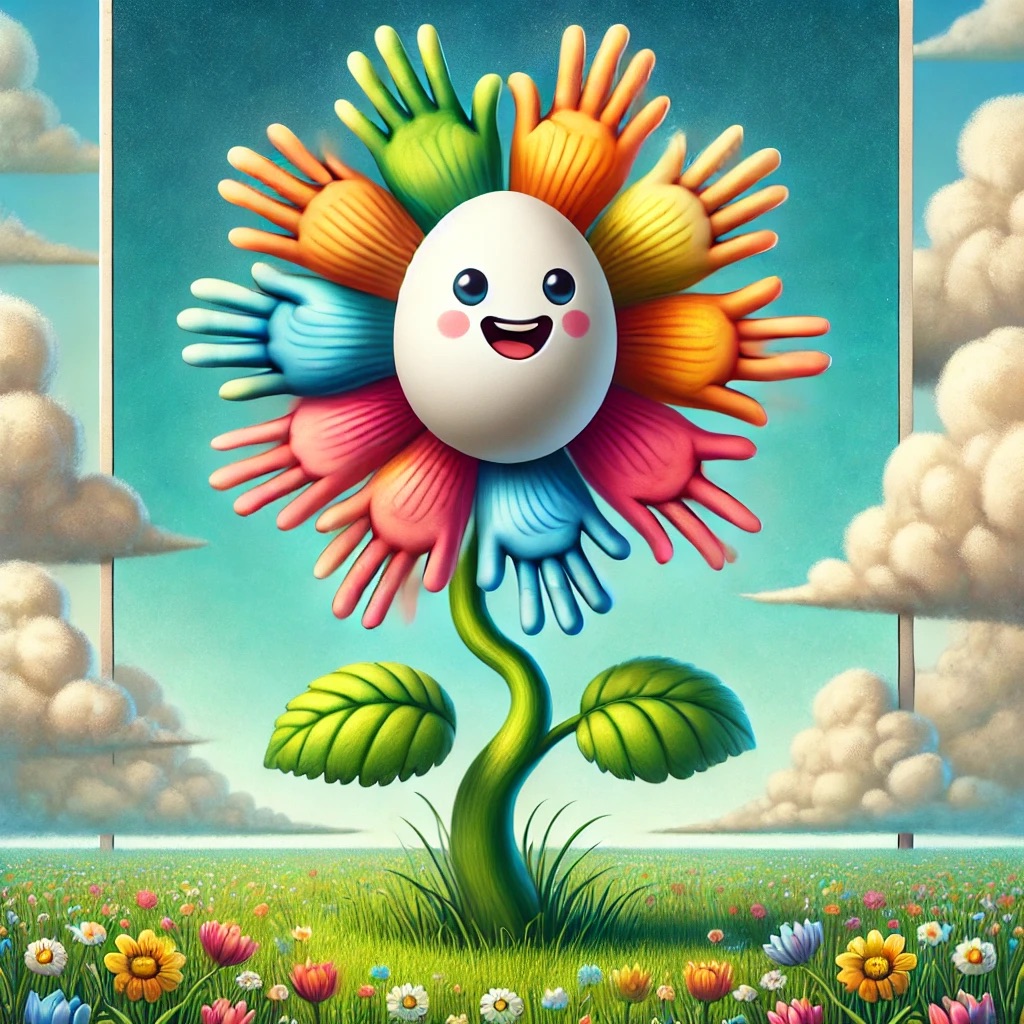In a garden neat, behind the fence, A plant grew tall, in innocence.
Each day it stretched, its leaves so green, Unaware of what had always been.
For what it drank was not the rain, Nor streams untouched by man’s domain.
It thrived on a chemical, tainted, strange, Its roots confined to a toxic range.
It knew no better, truth to say, it’s life had always been this way.
Yet still it grew, and still it reached, With silent lessons left unteached.
Then one bright day, a child appeared, Her laughter light, her heart sincere.
She found the can, so small, so grand, And filled it full with her own hand.
She skipped about, with cheerful care, To water every plant stood there.
A gift she gave, though none could tell, For her, the act was simple, and well.
The plant then drank, its roots took hold, And felt a richness, pure and bold.
This was no poison, no bitter sting, But water fresh, a sacred thing.
The father came, his voice was stern, “You’ve ruined all for which I yearn!
These plants require what I provide, Not simple streams that time has tried.”
But soon he saw, as days went by, The leaves grew full, the stems reached high.
The plant stood proud, its strength revealed, A bountiful and vibrant yield.
The father paused, his anger quelled, For truth, so clear, could not be shelled.
He turned to her, his daughter sweet, And knelt before her at her feet.
“My child,” he said, “I was unwise, You opened both my heart and eyes.
No chemicals will touch this ground, For nature’s cure we’ve surely found.”
And so the garden bloomed anew, With streams of life, and skies of blue.
A lesson learned, a bond restored, To nurture pure is its own reward.
Let not the world, in haste, deceive, For what we give is what we leave.
In hearts, in roots, in life we share, The purest love grows everywhere.
